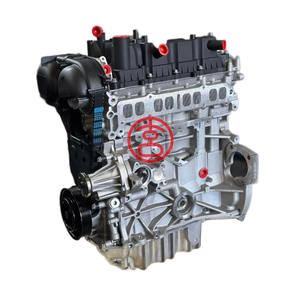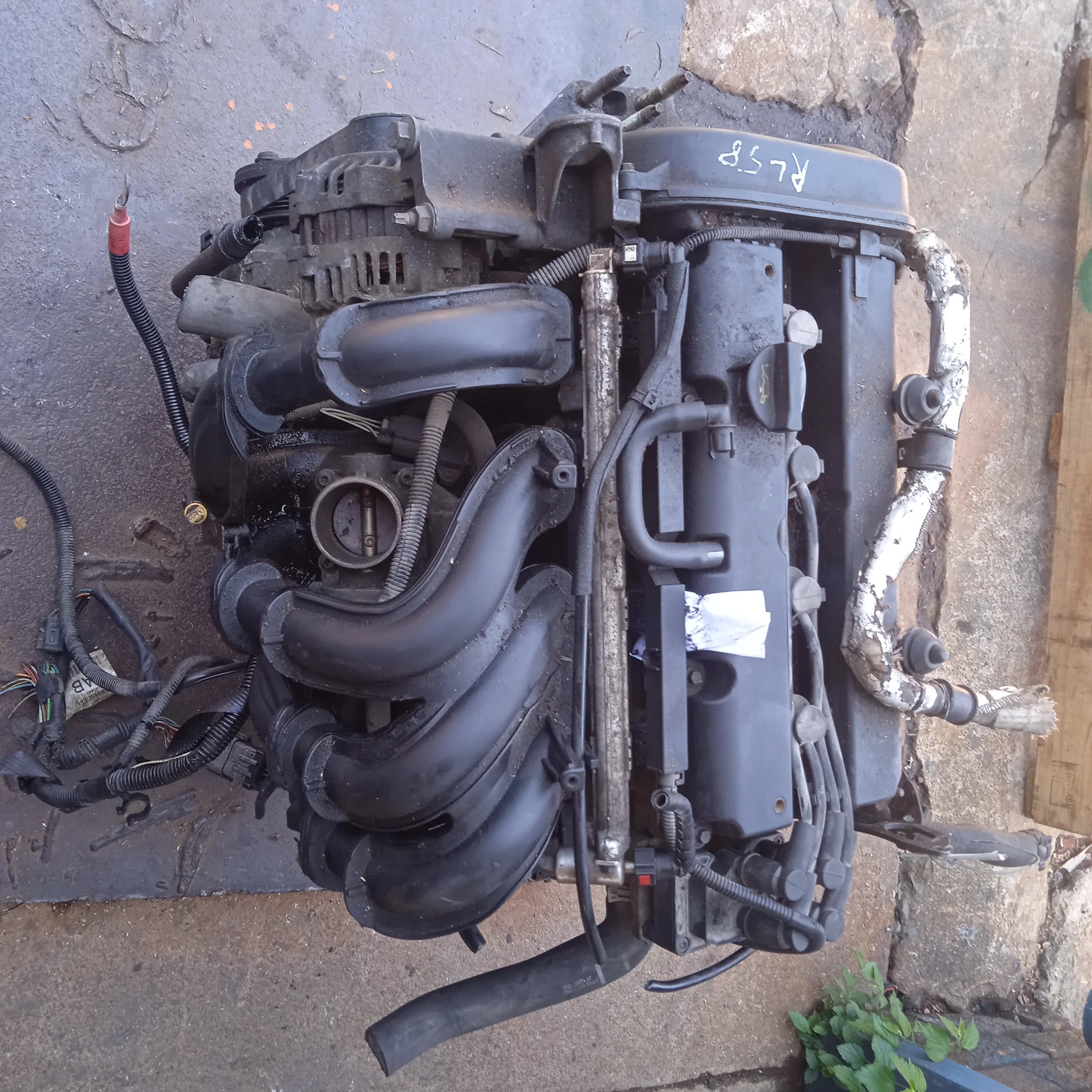Opening the Power of Engines: A Comprehensive Guide to Efficiency and Efficiency
Recognizing the detailed technicians of engines is critical for both performance enthusiasts and everyday motorists. The solutions might redefine our strategy to engine efficiency and performance in means that are both informing and vital.
Understanding Engine Basics
What constitutes the fundamental technicians of an engine? At its core, an engine is an equipment made to transform gas right into mechanical power with a series of controlled explosions or combustion processes. The key parts consist of the cylinder, piston, crankshaft, camshaft, and valves. The cylinder works as the chamber where burning takes place, while the piston relocates within the cylinder to transform the power from burning into direct activity (ford fiesta engine).
The crankshaft after that transforms this straight activity into rotational energy, which ultimately powers the lorry. The camshaft manages the opening and closing of the valves, managing the intake of air and fuel and the expulsion of exhaust gases. In addition, the engine counts on a meticulously calibrated fuel-air mixture, ignition system, and cooling down system to guarantee optimal efficiency and efficiency.
Recognizing engine fundamentals additionally includes acknowledging the significance of engine cycles, such as the four-stroke cycle, which consists of intake, exhaust, power, and compression strokes. Each stage is crucial in guaranteeing the engine operates smoothly and successfully. Mastery of these essential mechanics prepares for checking out a lot more intricate engine dynamics and performance metrics, essential for maximizing both power output and effectiveness.
Trick Performance Metrics
Secret efficiency metrics are important for evaluating an engine's effectiveness and power result, providing useful understandings for both customers and manufacturers. These metrics function as criteria for engine efficiency, permitting educated choices in acquiring, manufacturing, and style.
Among the key metrics is horse power, which evaluates the engine's capability to do job over time. Torque, gauged in pound-feet, is an additional crucial metric that indicates the engine's rotational force, directly affecting acceleration and towing capacity. Fuel efficiency, typically measured in miles per gallon (MPG) or liters per 100 kilometers (L/100km), assesses how effectively the engine transforms gas right into movement, affecting ecological factors to consider and functional expenses.
Additionally, thermal effectiveness actions just how well an engine converts fuel power right into helpful work, exposing insights right into power losses mainly through warmth. Exhaust degrees, including CO2 and NOx, are additionally essential, showing the engine's environmental influence and conformity with governing criteria.

Tuning Techniques for Performance
Tuning techniques play a considerable function in improving engine performance by optimizing efficiency metrics recognized in earlier conversations (ford fiesta engine). Numerous approaches exist to make improvements an engine, each contributing to improved fuel economic climate and minimized discharges
One efficient official website method is changing the air-fuel ratio, making certain the engine runs within the optimum burning routine. A leaner blend can improve fuel effectiveness, however it should be balanced to avoid misfires or engine knock. Additionally, reprogramming the engine management system can rectify parameters such as ignition timing, which further boosts performance while preserving power outcome.
Another vital approach entails changing the intake and exhaust systems. Upgrading to high-performance air filters and exhaust headers can lower back stress, assisting in much better air flow. This allows the engine to take a breath more freely, bring about improved burning efficiency.
Furthermore, the execution of sophisticated my website tuning devices, like dyno screening, offers precise information that allows targeted adjustments. Regularly checking these efficiency metrics guarantees that tuning initiatives yield the wanted efficiency end results. Collectively, these strategies not just bolster engine performance however likewise add to long-term sustainability in engine procedures.
Maintenance for Ideal Performance
Routine engine upkeep is necessary for achieving optimum performance and long life. A well-maintained engine not just operates effectively yet likewise minimizes the danger of pricey repairs and malfunctions. Key parts calling for routine attention consist of oil, filters, belts, and stimulate plugs.
Transforming the engine oil at recommended periods is vital, as oil lubes moving parts and protects against getting too hot. Similarly, replacing oil and air filters makes sure that contaminants do not hinder engine feature. Overlooking these elements can bring about decreased effectiveness and possible engine damages.
In addition, examining and replacing worn belts and tubes is important to protect against abrupt failings. Timing belts, in particular, should be replaced according to the maker's schedule to avoid tragic engine damage.
Spark plugs ought to likewise be inspected and replaced as needed, considering that they play a crucial role in ignition and fuel efficiency.
Future Trends in Engine Modern Technology
Embracing advancements in innovation, the future of engine layout is positioned to reinvent performance and efficiency across various applications. One of the most significant fads is the change towards electrification. Hybrid and fully electric powertrains are ending up being progressively mainstream, offering lowered exhausts and improved fuel efficiency. This transition is not just a requirement however a trend driven by governing stress my site and consumer need for sustainable solutions.
Furthermore, innovations in materials scientific research are causing lighter, stronger elements that boost engine performance while reducing energy intake. Advanced manufacturing strategies, such as 3D printing, permit the production of complex geometries that enhance air movement and thermal management, hence optimizing combustion procedures.
Additionally, the combination of expert system and equipment learning is established to change engine diagnostics and performance adjusting. These modern technologies can assess large quantities of information in real time, allowing anticipating upkeep and tailored efficiency enhancements.
Conclusion
In final thought, opening the power of engines needs a complete understanding of their auto mechanics and efficiency metrics. Carrying out efficient tuning techniques and adhering to regular upkeep techniques dramatically boost engine capacities.
In addition, the engine depends on a carefully calibrated fuel-air combination, ignition system, and cooling system to ensure optimum performance and efficiency.
Recognizing engine basics additionally includes recognizing the relevance of engine cycles, such as the four-stroke cycle, which includes consumption, exhaust, compression, and power strokes. Proficiency of these essential mechanics lays the foundation for exploring a lot more complex engine characteristics and performance metrics, important for maximizing both power outcome and performance.

Embracing improvements in modern technology, the future of engine layout is positioned to reinvent efficiency and effectiveness across different applications.